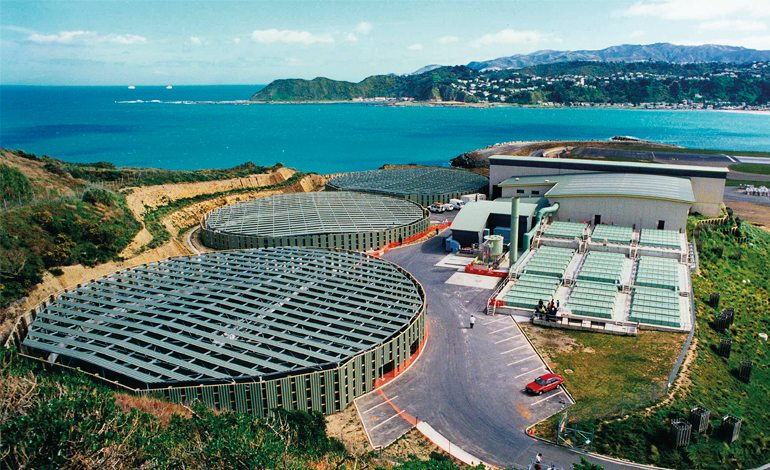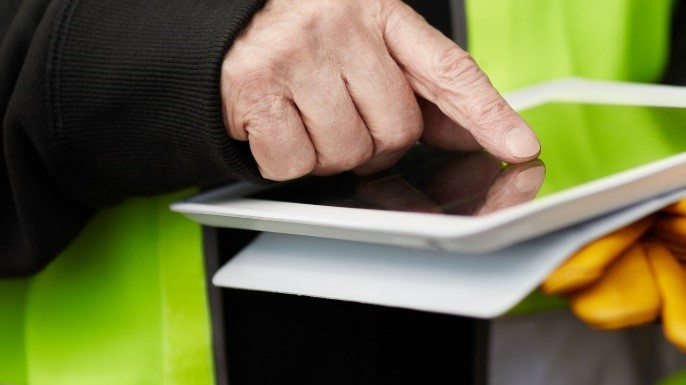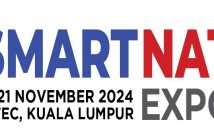While the Corona crisis has meant national lockdowns all over the planet and has forced many industries to think in new workways and procedures, attention has also been drawn to ways of maintaining control and overview of especially critical infrastructures; including water and wastewater

In many places, 24-hour staffing and emergency crews have been set up to make sure that the processes run uninterrupted. This translates directly into more – and pricey – resources. The answer to this challenge is of course: automation.
Controlled by people – aided by technology
Water and wastewater utilities are operated by people who, as we all do, live with the risk of contagion. Recent months have showed us how it makes sense to take all possible safety precautions; not just while in an international health crisis. If the entire staff of the facility falls sick, who then will keep the vital infrastructure running, so the end-users like you and I can go on with their daily business?
While the utility employees should be able to keep themselves protected from contagion, i.e. by keeping their distance and not working closely together in a control facility, these employees must still be able to perform their duties, such as surveil and govern the facilities’ processes. Mobile units like tablets or smart phones are the obvious solution for supplying the necessary information.
Controlled by people – aided by technology
Water and wastewater utilities are operated by people who, as we all do, live with the risk of contagion. Recent months have showed us how it makes sense to take all possible safety precautions; not just while in an international health crisis. If the entire staff of the facility falls sick, who then will keep the vital infrastructure running, so the end-users like you and I can go on with their daily business?
While the utility employees should be able to keep themselves protected from contagion, i.e. by keeping their distance and not working closely together in a control facility, these employees must still be able to perform their duties, such as surveil and govern the facilities’ processes. Mobile units like tablets or smart phones are the obvious solution for supplying the necessary information.
Water infrastructures already in great need for optimisation
When talking about applying more automation within the sector, it makes sense to mention the current situation at all the facilities in charge of our water processes every day.
As an example, a recent report from OECD (Organisation for Economic Co-operation and Development) has delivered such an overview across its Member States in Europe, and the conclusion is clear; water infrastructures are in need of some serious investment. More specifically, the states are €100 billion short – the equivalent of €100-200 per inhabitant – and would need an increase of 25% to live up to our need of not just today, but also in the many years to come.
Sounds like a lot of digging, replacing pipes and other old equipment? Not necessarily.
The water pipes in the inner city of Copenhagen are more than 100 years old and still in a fine condition, and the non-revenue water level is at only 4% in the area.
So, what would be the best way to get our water infrastructures fit for present – and future – standards?
Monitor your network activities, and stay on top of requirements
The new devices and solutions from AVK Smart Water not only supply information about the operations but also about the geographical placement of a failure or damage. By digitising the supply, you get valuable information about the state of the facilities, and employees will become more mobile which will lead to large savings in the long run. Both with respect to optimising the facilities but also with operational and maintenance costs.
With the intelligent VIDI devices located across your water network sending and receiving data via Internet of Things (IoT), facilities will be able to make informed decisions and respond to events in their distribution network based on real-time data. Real-time data can be used to identify the status of a water distribution system at a particular point in time. By archiving such data, analysis can be performed to identify various performance trends under different conditions. Use of real-time data can be further used to evaluate the performance of the system under different conditions and adjust accordingly.
Via IWA





